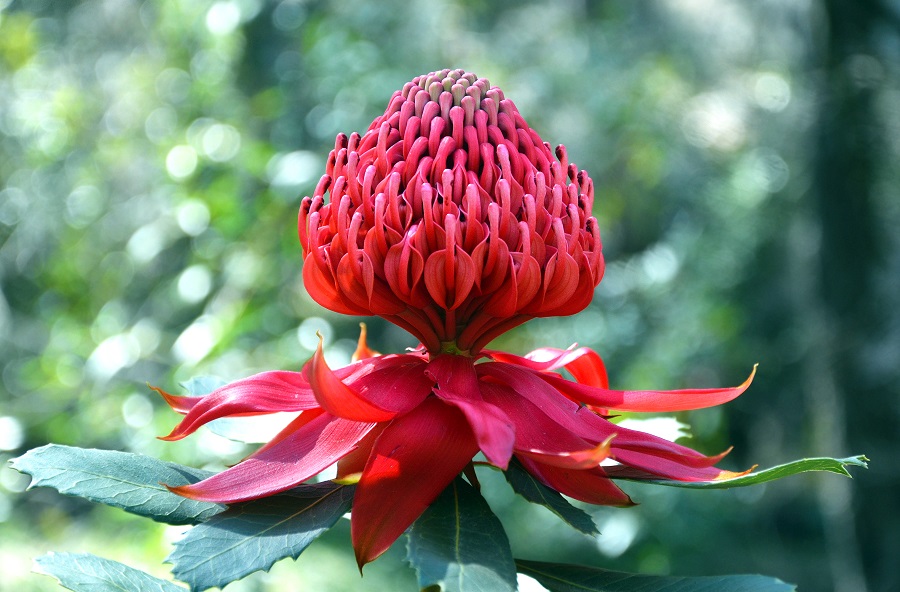Australian scientists piece together the genomic puzzle of an iconic flower: The Tribune India
Sydney, January 12
Australian botanists have assembled the genomic sequence for one of Australia’s most important and iconic flowers, the Waratah of New South Wales.
The team of researchers, led by the Australian Institute of Botanical Sciences, said the sequencing, published in the journal Molecular Ecology Resources on Wednesday, would play a vital role in the plant’s future conservation.
The research would help select future varieties of flowering plants with protection against pests and diseases. It would also provide a springboard for the sequencing of other closely related plants, the Xinhua News Agency reported.
Principal investigator Stephanie Chen, of the Institute for Ecosystem Resilience Research Center and (University of New South Wales) UNSW Sydney, said the sequencing process was like ‘putting a puzzle together and it’s got billions in it. and billions of coins ”. “With the help of three different sequencing technologies, we were able to connect all the pieces that are the pieces of DNA together, ultimately revealing the puzzle,” she said.
The Waratah, or Telopea, has been the floral emblem of the Australian state of New South Wales (NSW) since 1962 and grows exclusively within the state. Its image has been incorporated into the branding of the state government and occupies a unique place in Australia’s floral diversity.
“By mapping genomes, we gain a better understanding of the natural world,” Chen said.
“Understanding the genetic makeup of Waratah will give us better insight into its evolution and environmental adaptation, ultimately helping us to conserve it better, as well as inform breeding efforts. Dr. Richard Edwards, senior lecturer in genomics and bioinformatics at UNSW, said this chromosome-level mapping would also play an important role in understanding the evolutionary history of plant species.
“The large-scale changes captured could be particularly important in understanding how Waratahs evolved into different species, or when and where they might be able to form fertile hybrids.” The Waratah plant used in the study has since been propagated and planted as part of the Living Collection at the Blue Mountains Botanic Garden Mount Tomah. IANS


Comments are closed.